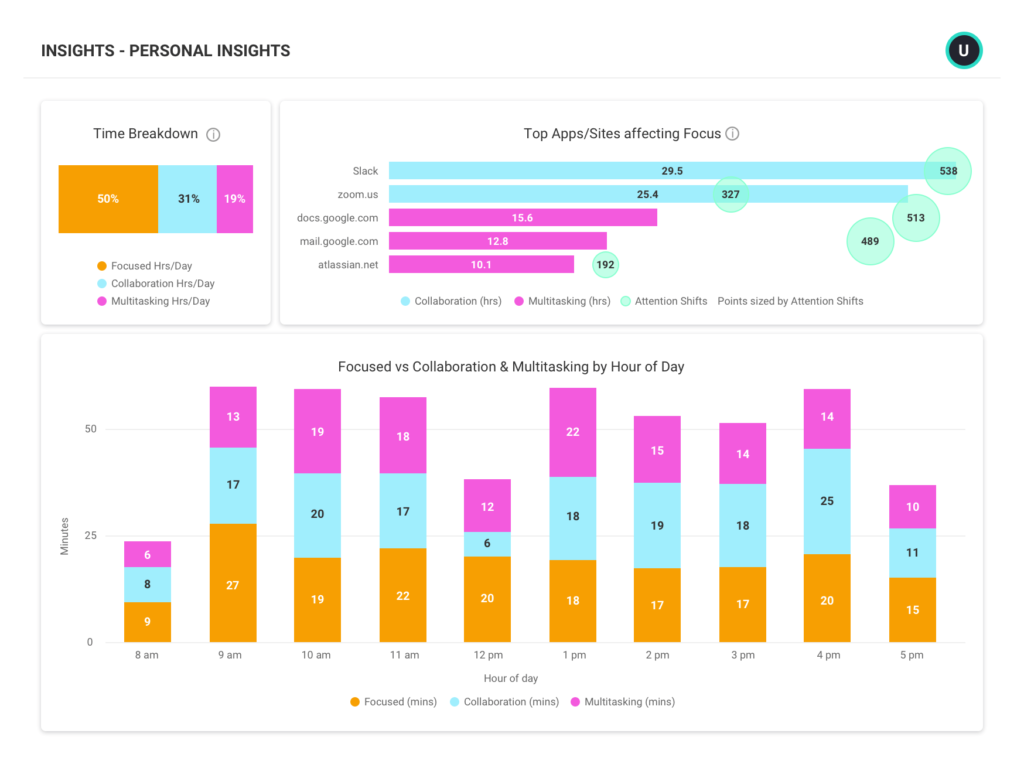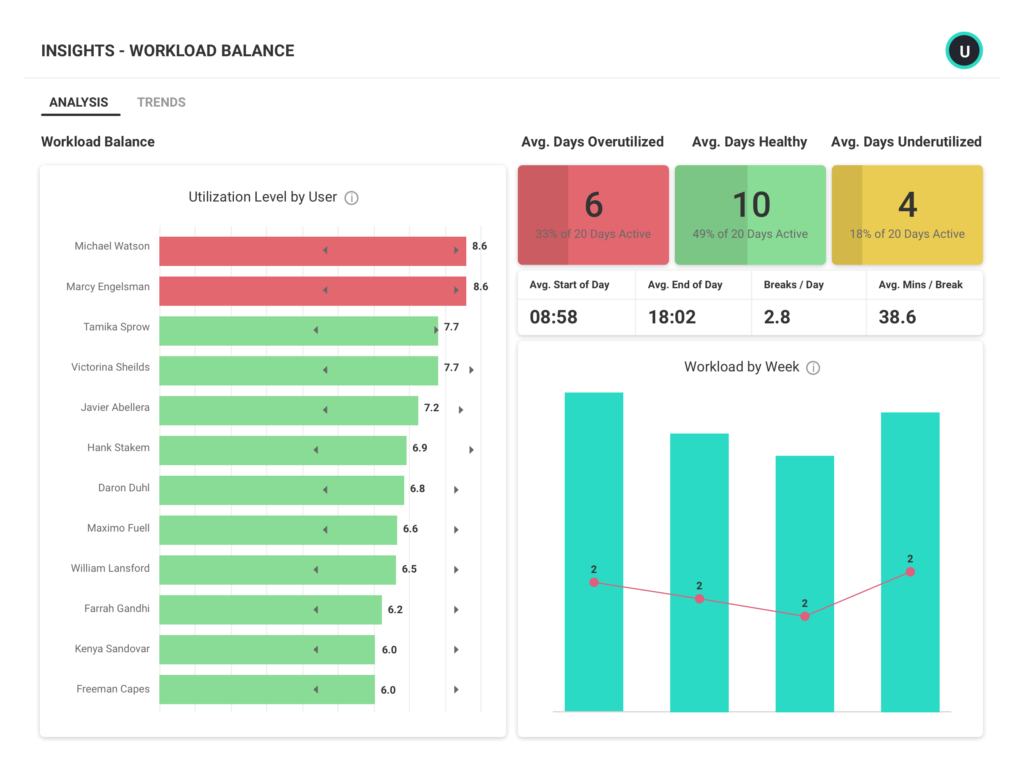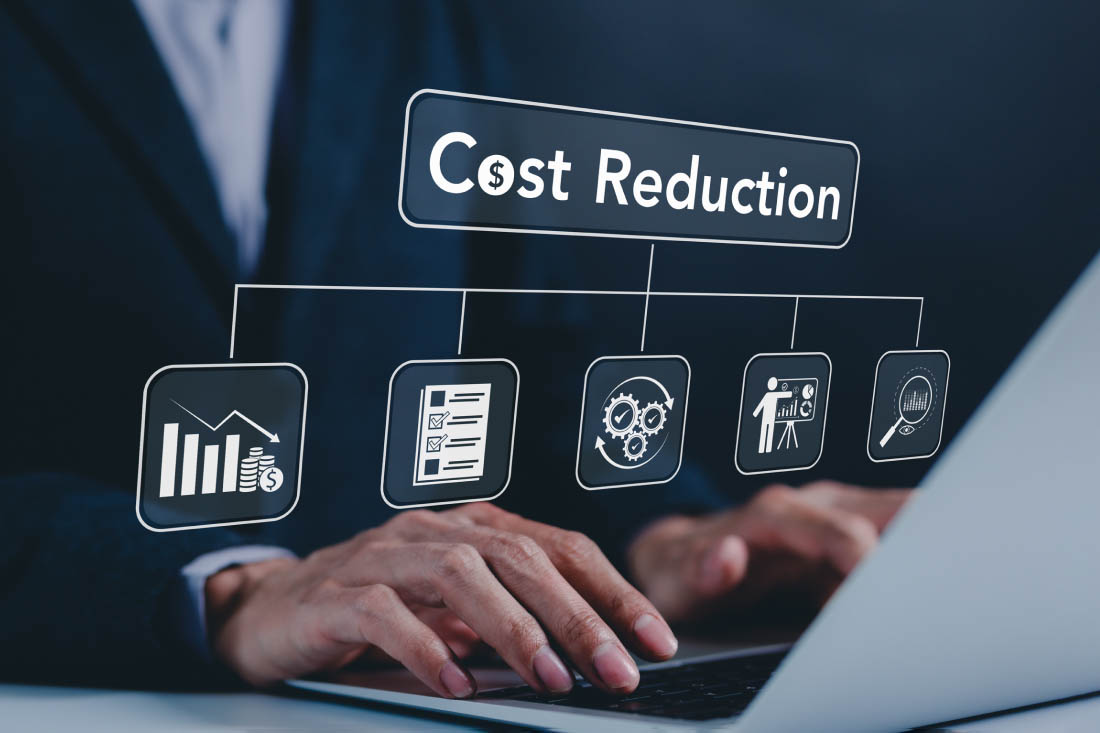No doubt, having motivated employees who feel integral to a company strategy is the cornerstone of any resilient organization. However, the shift to remote work scenarios over the past two years has been unprecedented. 451 Research revealed that 75% of North American organizations say they’ll have significant reliance on remote work going forward. With so many new working arrangements, new challenges are inevitable.
Below, we explore the three main challenges of working from home in a hybrid environment and how workforce analytics, when properly implemented, can provide valuable insights to help organizations improve business outcomes and help teams work wiser.
Challenge 1: Keeping Employees Engaged
A recent survey by 451 Research showed that 30% of employees feel less engaged now than before the pandemic. It’s not as if remote-hybrid models are engagement killers; they can improve work-life balance and collaboration (not all tasks need face-to-face interaction). But maintaining engagement over time is more challenging in a remote-hybrid world.
Ultimately, every organization seeks employee alignment and engagement. Having engaged workers who feel an intellectual and emotional connection to their work and teams is critical to retention and performance. In fact, it’s the key to company longevity. But it can be difficult to measure objectively if employees are truly engaged.
How Workforce Analytics helps
Measuring productivity metrics over time gives managers visibility into workload balance, working hours, focus hours, and common bottlenecks and distractions. Such data around employee productivity helps managers spot potential signs of burnout and recognize opportunities to redesign workdays, prioritize tasks, and have meaningful conversations with employees about the factors hindering their productivity. Taking this kind of proactive approach to preventing burnout will ultimately improve employee retention, engagement, and productivity.

Challenge 2: Providing More Autonomy for Employees
Companies can’t be resilient against industry or economic disruptions if they have a paranoid and insecure workforce. Employees who feel a sense of ownership over how their work is designed, executed, and managed will work with more confidence and purpose.
Giving employees more autonomy over their workloads is vital in all scenarios (remote, hybrid, or in-office). Yet remote workers are more likely to feel that tinge of insecurity (and FOMO!) because they’re at a physical distance from where decision-makers may join together in an office.
How Workforce Analytics helps
On the surface, having software capture data about job productivity may stir up paranoia. But the reality is that workforce analytics actually reduces paranoia by supporting transparency. By giving everyone visibility into work activity on an individual level, a team level, and an organizational level, workplace analytics provides insight into the big picture and helps create a culture of transparency and trust. This sets up a collaborative dialogue between employees, managers, and leadership teams about how workflows are designed and, perhaps most importantly, how they can be improved.
Challenge 3: Leveling the Playing Field for Employees
Employees who feel left out of company decisions are all but guaranteed to become disengaged. Many organizations have had to confront this issue as the COVID-19 pandemic inspired them to switch abruptly to a remote-hybrid model and they’re still scrambling to provide a consistent experience for all.
The tricky balance for organizations is to maximize the benefits of remote-hybrid models (work-life flexibility, access to more talent) without creating inequity between employees who spend more time working from home compared to those who spend more time in a physical office. This stems from the fallacy that employees who are physically closer to an office work harder than those who work remotely. Such “proximity bias” can prevent a level playing field for remote and hybrid-remote employees.
How Workforce Analytics helps
Workforce analytics can fend off in-office vs. work-from-home proximity bias by objectively presenting productivity data. A few of the most relevant reports for leveling the playing field include:
- Executive Summaries that give managers at-a-glance insights into key productivity indicators at a team level
- Workload Balance reports that let managers see which employees are consistently working longer than usual to proactively detect and prevent possible burnout
- Work Efficiency reports that help managers identify common sources of unproductive work and distractions across teams

Navigating Remote-Hybrid Work Challenges
Remote-hybrid models are here to stay for most organizations. It’s never been more important that employees feel engaged, autonomous, and equally supported, regardless of how much time they spend in an office.
But organizations can’t base employee activity on assumptions. By providing data insights into workload balances, focus hours, and common work bottlenecks at the individual, team, and company levels, workforce analytics can help keep your employees engaged and your company healthy and equitable.
Part 2 of The Secret to Success blog series will cover how workforce analytics improves employee alignment and business outcomes.
There’s More to Workforce Analytics Than You Think
When it comes to the true benefits of workforce analytics, managers have the power to completely transform and elevate the way their team operates. Using a workforce analytics platform like ActivTrak allows leaders to focus on a collection of contextual data. Doing so helps leaders create an equal work environment and spot signs of burnout regardless of where employees work.
Ready to get started? Create your own ActivTrak account in minutes.
About ActivTrak
ActivTrak helps companies unlock productivity potential. Our award-winning workforce analytics and productivity management software provides expert insights that empower people, optimize processes, and maximize technology. Additionally, with data sourced from more than 9,500 customers and over 450,000 users, ActivTrak’s Workforce Productivity Lab is a global center for ground-breaking research and expertise that helps companies embrace and embody the future of work.





